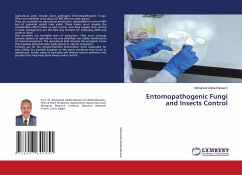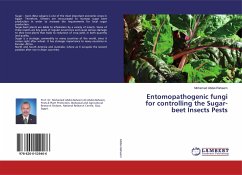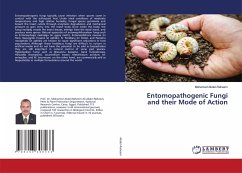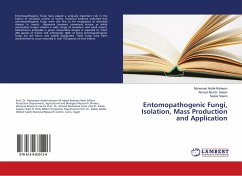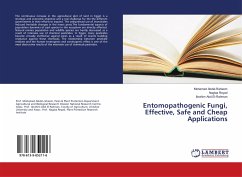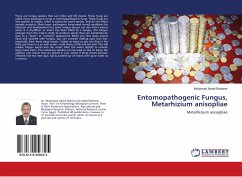Agricultural pests include plant pathogens (Entomopathogenic fungi). There are estimated to be about 67,000 different pest species.They are constraint on agricultural production, responsible for around 40% loss of potential global crop yields. These losses occur despite the considerable efforts made at pest control, and they suggest that control on pest management are the best way forward for improving yields and access to food. Pest problems are inevitable part of agriculture. They occur seriously because systems of agriculture are very simplified, not stable modifications of natural ecosystems. The agricultural land disrupts the ecological forces that regulate potential insect pests species in natural ecosystems. Farming can do the physico-chemical environment more favourable for pest activity, for example irrigation or the warm conditions that found in glasshouses. Finally, using of pesticides will destroy natural predators and parasites that help keep pests always under control.
Bitte wählen Sie Ihr Anliegen aus.
Rechnungen
Retourenschein anfordern
Bestellstatus
Storno

